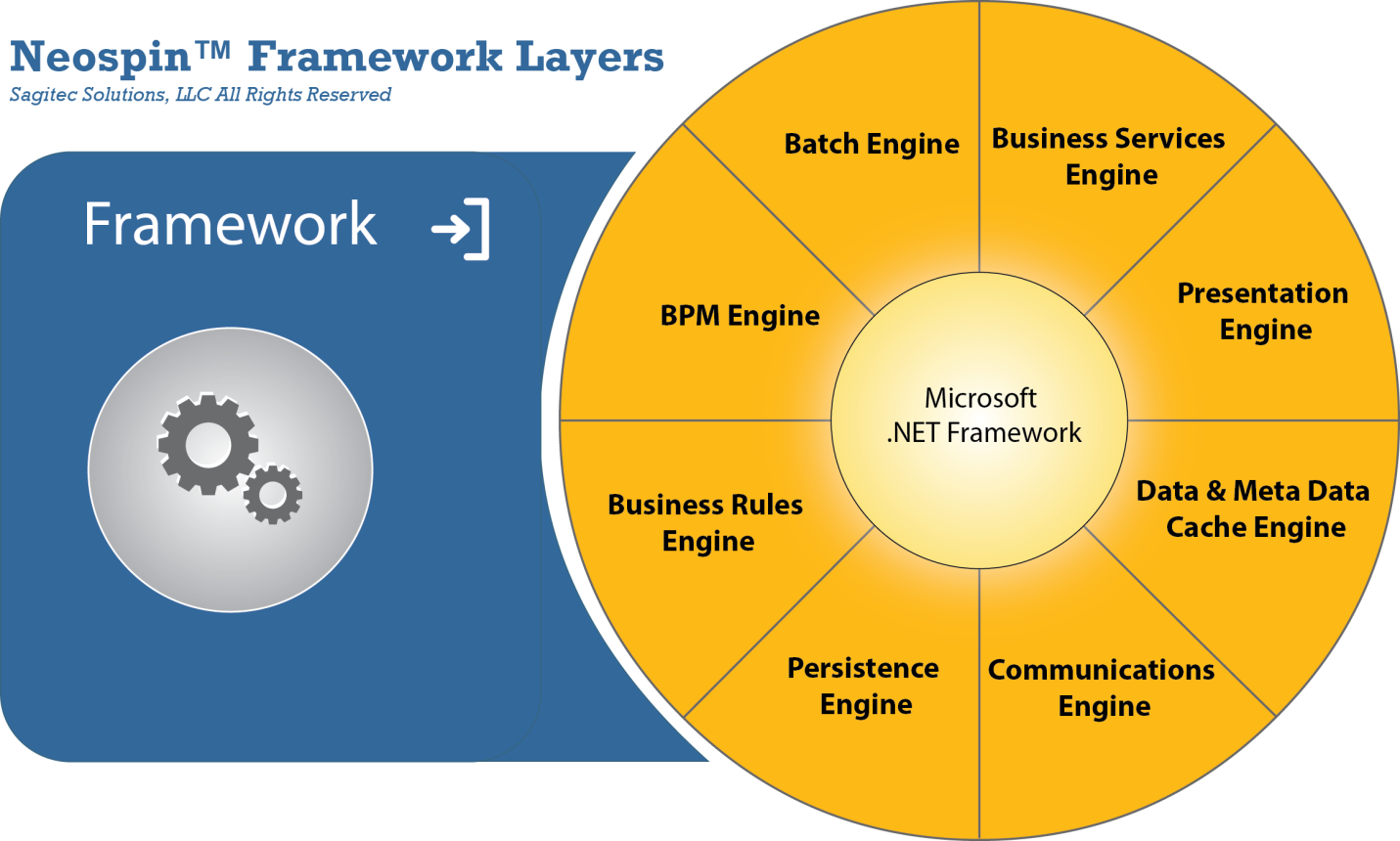Seamless Connections: Unpacking Integration Architecture in Low-Code/No-Code Platforms
By Deepak Ahuja on Tue, Oct 24, 2023

Integration architecture is pivotal in the dynamic application development landscape, especially in Low-Code/No-Code platforms (LCNC), because it acts as a backbone that seamlessly connects various elements and functionalities. I’ve spoken previously about how organizations should determine whether monoliths or microservices are the best setup for their organization, and system integration architecture is the key that enables different applications to run smoothly and successfully.
For LCNC applications, integration architecture empowers users to link applications with external systems, automate processes, and ensure data consistency. In this blog, I’ll explore the significance of integration architecture, common challenges users face, and how LCNC platforms like Sagitec’s Xelence pave the way for future enhancements.
Integration Architecture Empowers Application Effectiveness
There are often two problems users encounter when creating applications: first, designing the application itself, and second, connecting the platform with different systems in your software ecosystem to ensure smooth and efficient workflows. While many LCNC platforms allow for faster development of applications, integration architecture is the key to unleashing the program’s full potential within complex ecosystems and diverse business needs.
As Xelence empowers even those without technical coding experience to develop enterprise-grade applications, it also allows for effortless configurations of different systems. This flexibility allows users to create robust integrations with ease and precision.
Integration Architecture Enhances Security and Data Privacy
In the intricate exchange of data information between systems, integration architecture fortifies security and protects against potential vulnerabilities. Authentication protocols, encrypted communication channels, and robust tokenization collectively form a barrier against unauthorized access, ensuring that data remains shielded from external threats. Establishing seamless connections between disparate systems minimizes potential weak points.
We recognize the importance of security with Xelence’s integration architecture. Within the Xelence platform, our integration architecture provides granular control over data exposure. From multifactor authentication to data masking techniques, Xelence is a conduit for seamless data flow.
Integration Architecture Enables Future-Ready Evolution
One of the common integration challenges that application developers face is knowing the availability of system connectors to third-party applications and how to fit applications in the current software environment most effectively. Either one of these hurdles could lead to performance issues.
The Xelence platform boasts a variety of connectors for frequently employed third-party systems. It also offers a Zapier connector, enabling Xelence-built applications to link with over 5200 external apps effortlessly. Xelence further provides robust and secure out-of-the-box Platform APIs in REST APIs, facilitating seamless communication between third-party systems and Xelence applications. The platform also supports a “consume API” feature, enabling connections to third-party systems without dedicated connectors. Xelence supports a broad spectrum of authentication methods commonly employed in modern systems for enhanced flexibility and compatibility.
As our platform evolves, the integration architecture is a testament to adaptability and growth. Xelence’s features, including its modular design, API-centric approach, and developer-friendly tools, enable the seamless addition of new features and integrations. This forward-looking design ensures that our platform remains at the forefront of technological advancements, providing users with the tools to innovate and excel.
Conclusion
Integration architecture is the unsung hero of LCNC platforms, enabling users to break barriers, overcome challenges, and create powerful, secure, and scalable applications. It’s not just a technical aspect but a driving force that propels our platform into the future of application development.
So don’t forget to ask about the integration architecture when considering new platforms. I am happy to connect if you want to know more about Xelence.
You May Also Like
These Related Stories

Monoliths vs. Microservices: Which Software Architecture is Right for Your Organization
.jpg)
Cloud Native or Cloud Agnostic? What Your Organization Needs to Know



No Comments Yet
Let us know what you think